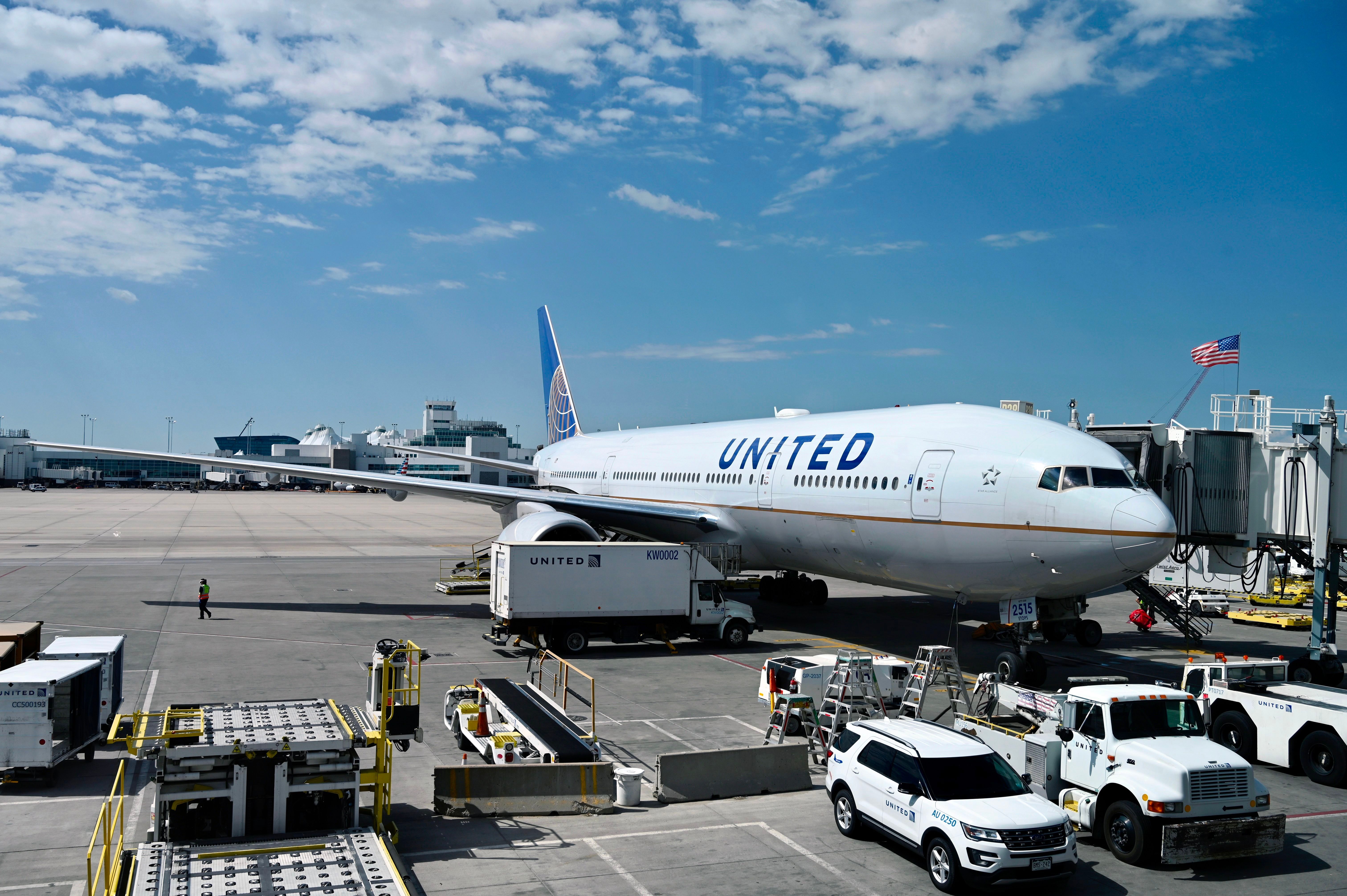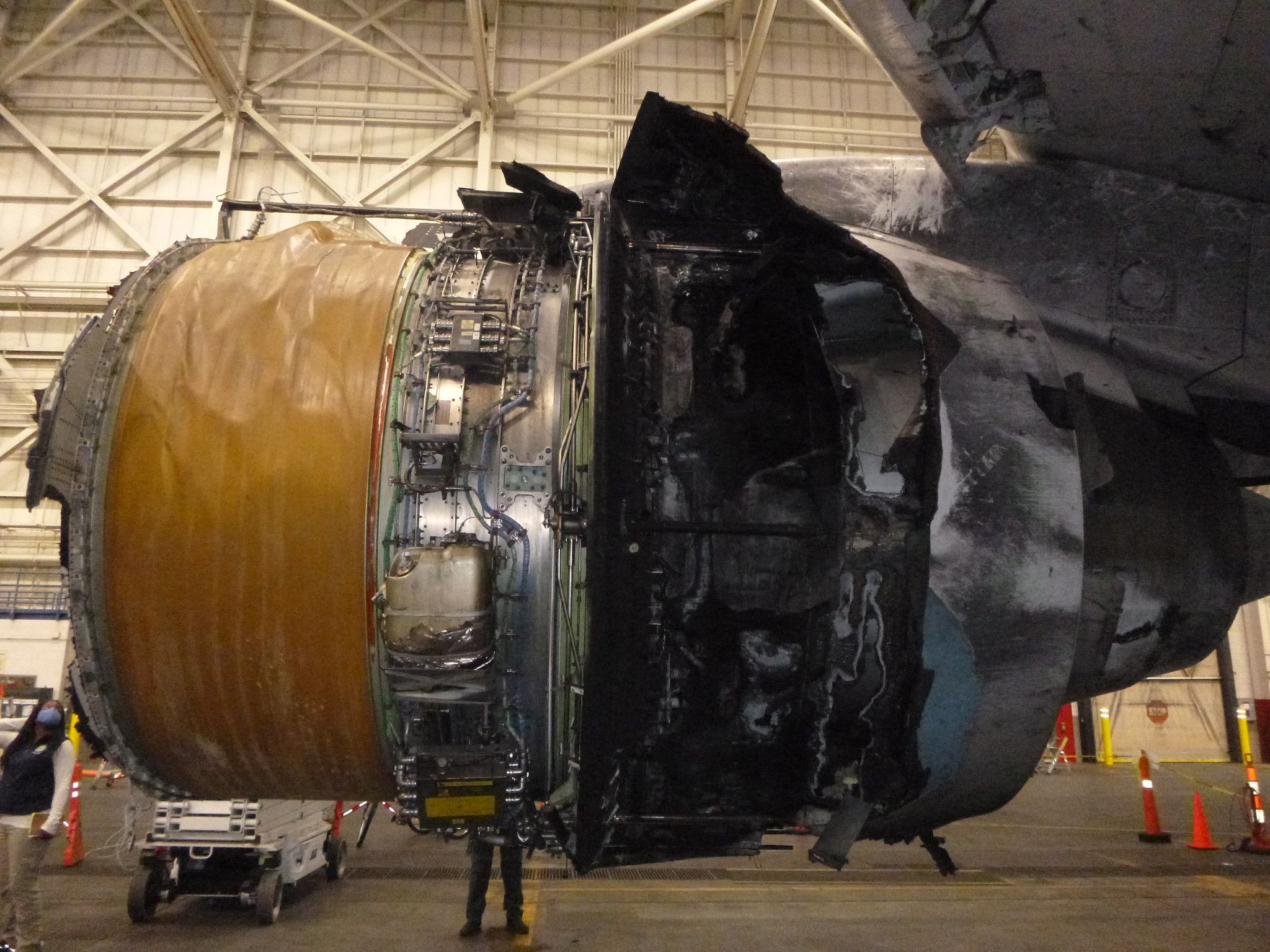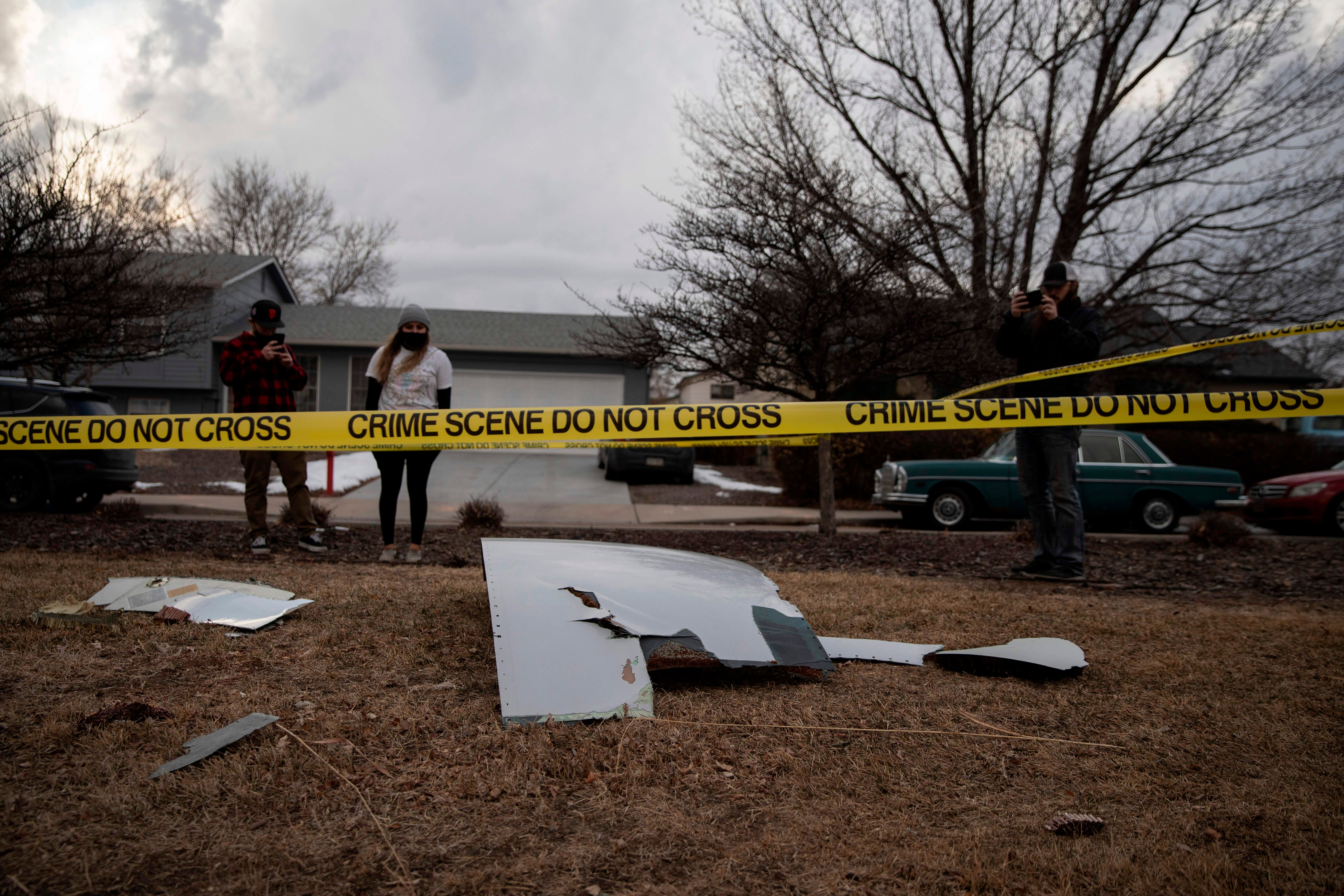The Federal Aviation Administration is finalizing three safety directives for some Boeing 777-200 aircraft with Pratt & Whitney 4000 engines, requiring Boeing and the airlines to install debris shields on the thrust reverser inner wall, among other corrective actions. Approximately 27 inactive B777-200 planes have been grounded since a United Airlines aircraft showered a Denver suburb in engine debris last year. Let’s investigate further.
Three safety directives
In February 2021, a United Airlines Boeing 777-200 suffered an uncontained engine failure shortly after leaving Denver on-route to Honolulu; the debris fell in a one-mile-long area (1.6 km) near Broomfield, Colorado. There were no injuries related to the incident.
Nonetheless, shortly after, the Federal Aviation Administration (FAA) grounded the aircraft while it worked on new safety directives. The grounding impacted United Airlines, All Nippon Airways, Korean Air, Japan Airlines, Asiana Airlines, and Jin Air.
On Wednesday, the FAA said it had finalized three safety directives that would allow the Boeing 777-200 with Pratt & Whitney 4000 engines to return to service.
As reported by Reuters, the new directives require enhanced inspections and modifications, allowing Boeing 777-200 and -300 airplanes equipped with the P&W 4000 engines to resume flights.
A brief look at the directives
The first directive requires operators to install debris shields on the thrust reverser inner wall. They will also need to inspect fan cowl doors for moisture ingression and have repetitive checks of the hydraulic pump shutoff valves.
The second directive requires the modification of the engine inlet to withstand possible fan blade failures.
Finally, the third directive requires specific corrective actions depending on inspection results. The three directives will be effective next month.
Looking at current operators
According to data provided by ch-aviation, there are 56 stored aircraft (both Boeing 777-200 and 777-300) employing the Pratt & Whitney 4000 engines. Several no longer have operators and will be scrapped shortly.
United Airlines is the largest operator of the type with 19 Boeing 777-200 aircraft with the P&W 4000. United also has several B777-200(ER) and B777-300(ER), but the grounding does not impact those variants. The Japanese carriers All Nippon Airways and Japan Airlines have three and nine aircraft each, while Korean Air has four units, all -300.
Regarding the FAA’s directive, United Airlines said,
“Many of the affected engines have already undergone these proposed modifications. We expect these aircraft to resume flying customers again soon."
The incident
On February 20, 2021, United Airlines Flight 328 suffered a catastrophic engine failure just four minutes after takeoff. The video taken by a passenger trended on social media due to the incredible images of an engine falling apart while flying. Nonetheless, there were no injuries onboard and on the ground due to the incident.
After the incident, the US National Transportation Safety Board (NTSB) immediately opened an investigation into the incident. While the final report has yet to be released, the preliminary report determined that fracture blade fans were the cause of the engine failure.
The day after the UA328 incident, the Japanese Ministry of Land, Infrastructure, Transport, and Tourism grounded the aircraft operated by Japan Airlines and All Nippon Airways. Boeing also recommended grounding all the B777-200 aircraft equipped with Pratt & Whitney PW4000-112 engines, and the British Civil Aviation Authority banned the plane from entering UK airspace.
What do you think of the directives proposed by the FAA? Let us know in the comments below.



